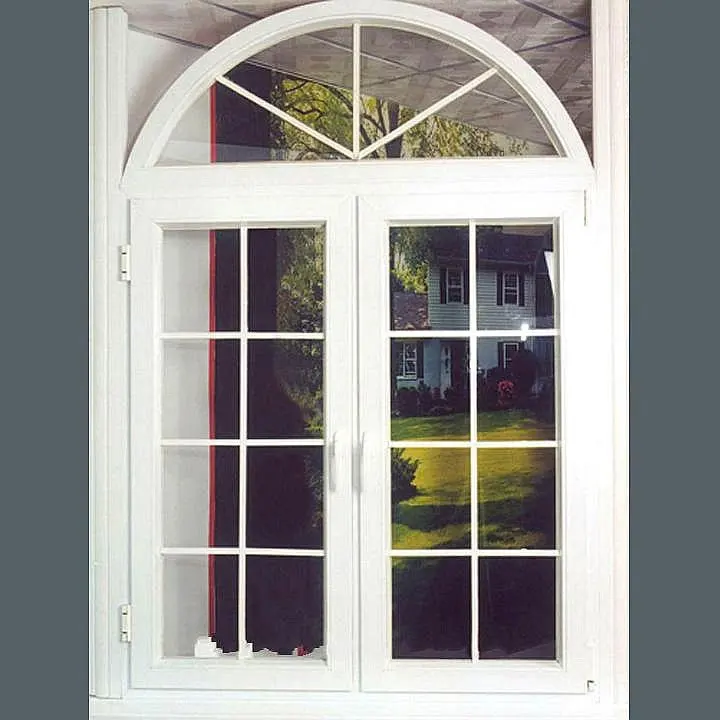

Ceramic is a great insulator, which allows the car superior protection against heat and UV radiation – without the disruption to cell reception associated with metallised tints. These films are coated with a thin layer of ceramic, thanks to the assistance of nanotechnology. However, they do stand up well against scratches and help prevent shattering in the event of a collision. These films are usually more expensive than their dyed counterparts, and can occasionally interfere with cell phone and GPS reception. They give the car’s window a sleek, almost mirrored finish. This type of film contains tiny particles of metal, usually aluminum, which act to reflect UV rays, light, and heat from the sun. This type of film is common and relatively inexpensive, but does not provide as much protection against UV radiation as its rivals.
#Window cleaner for tinted windows driver#
From outside the car, the film appears black, but for the driver and passengers within, it appears clear. It is applied to the inside of the car window using a heat gun and adhesive. Luckily, the smell will quickly dissipate in certain instances and essential oils can be used to aid in other circumstances. It is hard not to recognize the bitter smell of vinegar, and most people do not care to have this smell in their homes. There are three main types of tint to choose from:Īs its name suggests, this type of film is dyed to give it a dark tint. Here are the few downsides of using vinegar to clean your windows. Window tinting is installed by the application of a thin, tinted film, usually made from a flexible polymer. Use the credit card trick to remove air bubbles.Next, use another microfiber cloth to carefully dry the surface. You may need to rinse your cloth in a bucket of water part way through. Spray some ammonia-free cleaner onto the tint, before wiping away any dust, dirt, or oil. Once you have your tools in place, it’s time to actually clean the windows. Wipe down and buff dry your tinted windows.This will make cleaning more difficult, and can lead to scratches on the tinting. Use a separate cloth for the inside and the outside of the windows, to ensure you don’t track dirt from the outer windows to the tint inside. For best results, we recommend using your cleaner with a microfiber cloth. If you’re feeling creative and want to save some money you can even make your own: combine two tablespoons of rubbing alcohol with a few drops of baby soap in an empty spray bottle, before topping it up with distilled water. Most ammonia-free cleaning products are suitable for cleaning tinted windows. This is a risky business, however, since using a blade in this way risks leaving cuts in the tint.
#Window cleaner for tinted windows drivers#
Sharp objects such as knives: Sometimes air bubbles appear between a tinted film and the window it covers, and some drivers like to squeeze them to the side with a blade.


 0 kommentar(er)
0 kommentar(er)
